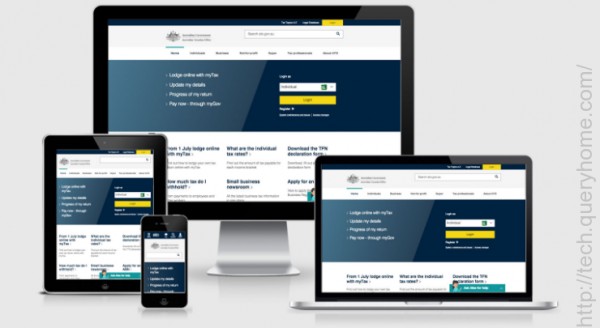What is Responsive UI Design?
Responsive Design is a design philosophy where the design of the system responds depending upon the layout of the device. Increasing the reach of your application to a larger user base using an array of devices is the primary reason to keep design responsive.
Responsive Web Design (RWD) is a part of Responsive UI Design and implies creating website design in a way that is most optimal for viewing and exploring on a wide range of devices, including traditional PCs, smartphones, and table devices.
Definition of Responsive Web Design (RWD)
RWD is a way of laying-out and coding a Website so the website can provide an excellent viewing experience—and ease of reading and navigation with a resizing, panning, and scrolling across devices.
RWD is about using CSS and HTML to resize, hide, shrink, enlarge, or move the content to make it look good on any screen.

Responsive Websites offer:-
- Smooth navigation
- Easy reading
- Minimum pinching
- Reduces scrolling and zooming
- Excellent user experience
Advantages of the Users:-
The use of smartphones, tablets, and notebooks for accessing internet is now quite common. Responsive sites attract more users as they serves the following advantages:
- A responsive website is flexible to use
- Shuffles content, resizes images, and adjusts font size
- Allows users to read information as per their choice needs
- Helps in finding fast and intelligent sites
- Saves time for users while browsing the site
- Helps to increase user’s experience
Advantages to the web designers:-
Responsive Websites have changed the entire outlook of web industry. The concept of responsive design offers benefits to the web designers and the company at large. Following are the advantages to the web designers:
- Streamline the designing process
- Saves time and efforts
- Cut down capital employed
- Eliminates the use to maintain multiple websites
- Reduce maintenance and development cost
- Enhance SEO rank
- Higher conversion rates
- Increasing market share
RWD makes use of media queries, to prepare the page to apply different CSS3 style rules, fluid grids and flexible images, so that the website can adjust itself for a range of mobile devices and their screens.
Media queries, a marks of Cascading Style Sheets (CSS), help the developer to point out when a certain style takes effect. With CSS2, a media query will provide printer-friendly style sheets if needed. CSS3 has developed query capabilities that allow style sheets to be directed to a device’s display and serve a desktop, tablet, or smartphone template depending on the query answer.
This facility implies that as an option of having to frame an exclusive mobile version of a website, developers can simply build different style sheets for the same web page and perhaps even associate multiple images with each of the style sheets. HTML code can be repurposed rather than rewriting, which saves extensive development time.
For more go through this video:-
https://www.youtube.com/watch?v=9fHSbiCISOA
